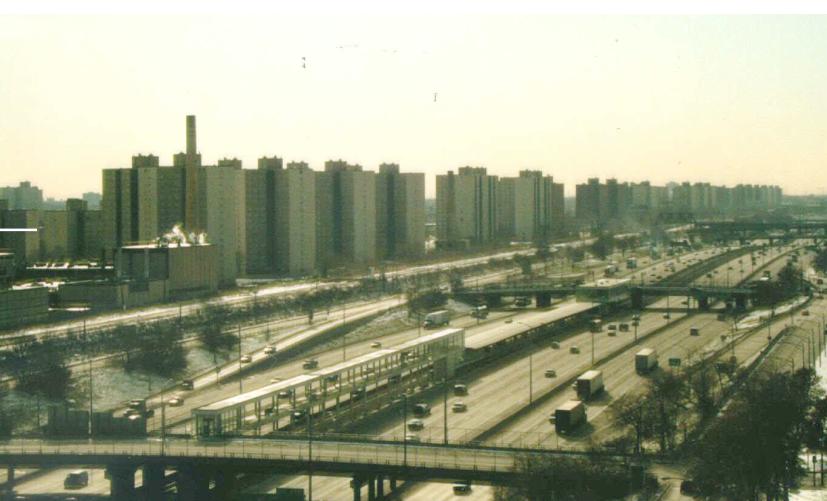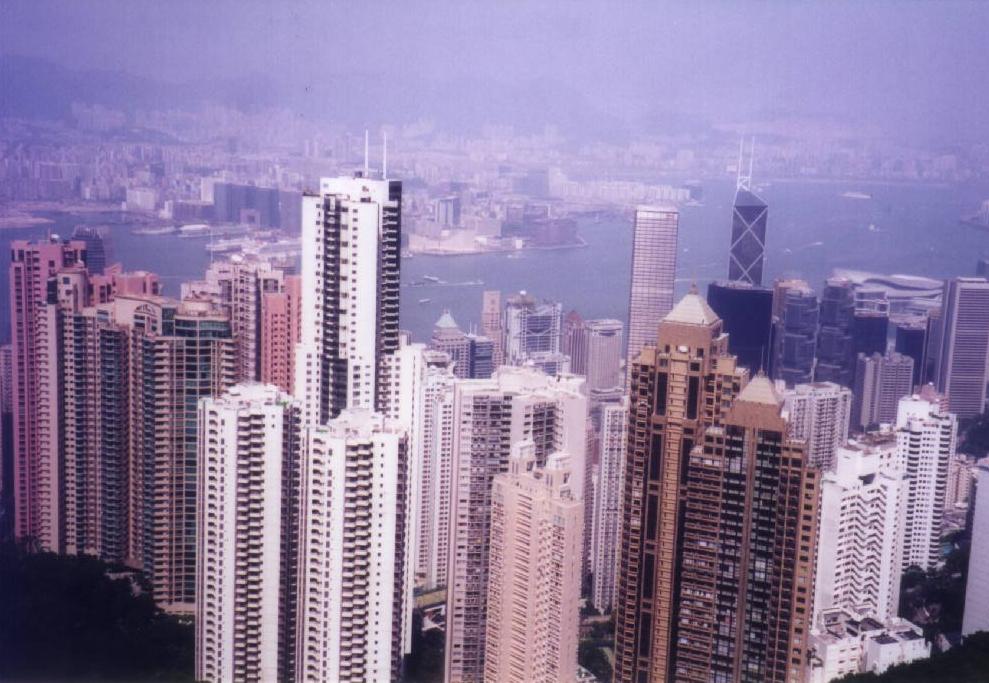
The "Growing Smart" Legislative Guidebook: "Growing Smart" contains model legislation that could be enacted by states. In general, these provisions of law are likely to limit opportunity, economic growth and significantly interfere with the rights of people to their own property. Among issues of concern are: 1. Loss of Local Control: Model legislation could establish a top-down urban planning process that requires state or regional approval of land use plans in local communities. In many states, land use decisions are under the authority of local governments, with little overall state or regional control. There is a fundamental problem with taking local control of land use away --- democracy is diluted as government becomes more remote from the people. Local voters are no longer able to exercise control over matters in their own local areas. To paraphrase Abraham Lincoln, "government of the people, by the people and for the people is government that is closer to the people." 2. You Could Lose Your Home: The model legislation would allow what is called "amortization" of non-conforming uses. In plain English this means that, for example, if a single-family residence is in an area designated for apartments, at some point in the future government can require it to be torn down. There might be a temptation to assume that local politics would n ever permit this to happen, but such is not the case. Today in Portland, Oregon, a single-family house in an area zoned for apartments cannot be rebuilt if it burns down. Further, as land use decisions are transferred to higher, more remote levels of government, the potential for politically unpopular decisions is intensified.
Eminent domain. A local government may purchase, or condemn pursuant to eminent domain, any lot or parcel that has a nonconformity upon it, for the purpose of eliminating the nonconformity. (Page 8-126) 3. Anti-Minority Impacts in Housing Opportunity: Model legislation is offered that would impose urban growth boundaries. Urban growth boundaries increase the price of housing and thereby reduce home ownership, while increasing the overall cost of housing (owned or rented). Model legislation would also encourage development impact fees, which placed housing out of reach for many in the San Francisco Bay Area, where such fees may be as high as $60,000 for a new house and $40,000 for a new apartment. This cost falls most heavily on lower income households, who are disproportionately minorities (especially African-Americans and Hispanics). Urban growth boundaries and development impact fees have virtually the same effect as the now outlawed practice of "red-lining," which denied adequate housing to minorities for decades. Under the guise of protecting the environment, smart growth is now green-lining away housing opportunities. 4. Based upon the Doctrine of Smart Growth: Much of the public land use community today is guided by the planning doctrine of smart growth --- the idea that urban densities must be increased, large residential lots discouraged and transit expanded while road expansion is stopped or severely limited. Smart growth is referred to as a doctrine because the propositions on which it is based are patently false (such as that urbanization is threatening agricultural production or that higher densities reduce traffic congestion and air pollution) The problem with this doctrine is that there is simply no reason why such principles should be required. The smart growth movement has identified no problem that requires its coercive solutions. "Growing Smart" is based upon smart growth. Finally, it should be noted that the prevailing views of urban planners is no measure of validity. In the 1950s, urban planning doctrines favored urban renewal, which tore up portions of many cities and contributed mightily to central city decline.

Chicago: Urban planning doctrine of the 1950s & 1960s Public housing beyond the freeway is scheduled for demolishment.
5. Emphasis on Transit is Naive: To read the polls, it would not be hard to conclude that trains are everyone's favorite way to get to work. Make no mistake about it, transit works where the circumstances are favorable. And so, 75 percent of commuters to Manhattan ride transit and 60 percent of commuters use transit to the Chicago Loop. But, among people who have a choice --- people who have automobiles (more than 90 percent of households) --- transit commuting is largely limited to downtown. Downtown areas are a small and declining portion of metropolitan employment, averaging only 10 percent of the market. Outside downtown corridors, there is little that transit can do to reduce traffic congestion. Even the International Union of Public Transit notes the futility of transit as a substitute for autos in the United States.

Hong Kong: Transit works well where people live in 50 story apartment buildings 6. Criminalizing Land Use: The model legislation would impose criminal penalties for violations of land use regulations. 7. Government Sanctioned Taste: The model legislation would allow exemption from some requirements for "traditional neighborhood developments," which represent a particular type of architecture and urban form. These designs, based upon what are perceived to have been early 20th century approaches are attractive to some, but as is the case with matters of taste, repel others. Taste is not an appropriate matter of public policy, it is rather a matter of individual right.
|